Aluminum Paste for AAC Block is also known as AAC aluminium powder paste and aluminium powder paste. The key use of aerated aluminium powder for aerated concrete is the reaction between aluminium powder, silica and quicklime during production, releasing the vapour to form a porous structure inside the aerated concrete.
Aluminum Paste for AAC Block is also known as AAC aluminium powder paste and aluminium powder paste. The key use of aerated aluminium powder for aerated concrete is the reaction between aluminium powder, silica and quicklime during production, releasing the vapour to form a porous structure inside the aerated concrete.
AAC is a new type of wall construction material, which is unique in that it is a very lightweight new type of building wall material for external wall insulation. Aerated concrete technology began 100 years ago, China’s technology started late, lagging behind overseas for 40 years. However, the development of China’s aerated concrete industry is indeed very rapid. China’s aerated concrete technology strength has reached the international advanced level.
Aluminum Paste for AAC Blocks is also known as AAC Aluminium Paste and Aluminum Paste Paste. The key use of aerated concrete aerated Aluminum Paste is the reaction between Aluminum Paste, silica and quicklime during the production process, releasing the vapour to form a porous structure inside the aerated concrete.
In the mixing link in the production of AAC blocks, the aerated add Aluminum Paste paste mixing tank, fully stirred into the Aluminum Paste paste metering scale, and finally put into the pouring mixer with lime, gypsum, coal ash and other raw materials. Aluminum Paste in the Aluminum Paste can be embodied with the alkaline substances in the aerated concrete pulp to release H2, resulting in bubbles, so that the aerated concrete pulp pescetto caused by the porous structure.
As a result, the manufacture of aerated concrete blocks generally weigh 500-700kg/m3, only equivalent to 1/4-1/5 of clay bricks, 1/5 of concrete is one of the lighter mix. Compared with ordinary brick and concrete structure building, self-weight relief of more than 40 per cent.
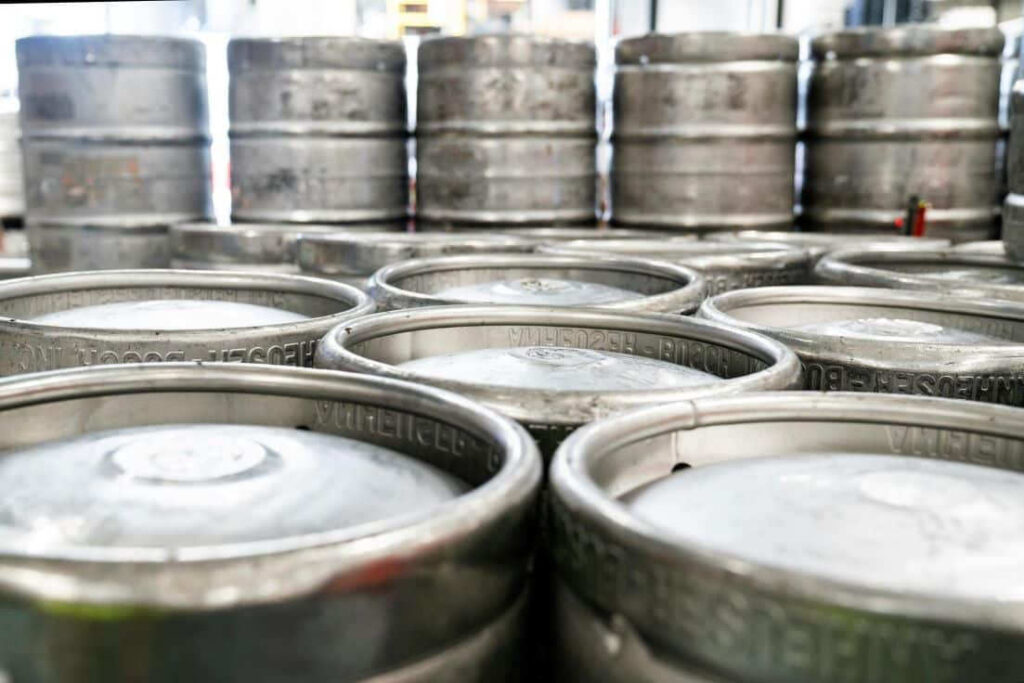
AAC is to be made of lightweight porous silicate commodities by taking silica materials (sand, coal ash, silica tailings, etc.) and calcium materials (lime, cement) as raw materials, mixing with aerating agent (aluminium powder) and making lightweight porous silicate commodities based on the processes of seasoning, mixing, pouring, pre-cultivation, cutting, autoclaving, and maintenance.
Aerating contains a large number of symmetrical and fine pores, so it is called aerated concrete.
Essentially, all AAC, including AAC blocks, foamed concrete and concrete with air-entraining agent.
Narrowly defined as AAC blocks. Generally classified according to the type of raw materials, process load-bearing efficacy.
According to the appearance, AAC can be divided into various specifications of blocks or plates.
Based on raw materials, most of the AAC has three kinds: (cement, lime, coal ash aerated brick); (cement, lime, sand aerated brick); (cement, slag, sand aerated brick)
AAC can be divided into five types according to its use: non-load-bearing blocks, load-bearing blocks, insulation blocks, wall panels and roofing.
Aerated concrete is characterised by light density, high thermal insulation performance, good sound absorption and certain strength processability, and is one of the earliest and most widely used lightweight wall panel materials in China.
Scope of use of AAC
The production and application of non-load-bearing blocks is the most extensive, the bulk density is generally 500 kg/m3 and 600 kg/m3, mainly used for structural masonry and partition walls, not load-bearing; load-bearing blocks have a bulk density of 700 kg/m3 and 800 kg/m3, the project is load-bearing after special structural treatment; thermal insulation blocks have a general bulk density of 300 kg/m3 and 400 kg/m3, mainly used for building exterior walls, the bulk density of 300 kg/m3 and 400 kg/m3, mainly used for building exterior walls, the bulk density of 300 kg/m3 and 400 kg/m3, mainly used for building exterior walls, the bulk density of 400 kg/m3, mainly used for building exterior walls. m3, mainly used for building exterior wall insulation; roof and wall panels are reinforced aerated concrete panels, with different hoops according to different uses.
1、High-level architecture building. Years of practice has proved. The use of AAC in high-rise architecture buildings is economical and reasonable, especially with the inner wall of the block base wall, which has gained general acceptance in the society.
2, Earthquake-resistant geographical buildings. Because of the light weight of AAC, its building seismic force is small, which is beneficial to earthquake resistance. Comparison with the brick building, in the same building and seismic conditions, seismic design defence level and the level of earthquake damage is too big a difference. If the brick building to do 7 degrees of defence, will be destroyed. At this time, the aerated concrete building only to do 6 degrees of defence, will not be destroyed. 1975 Haicheng earthquake period, more than 30 porous concrete buildings slightly damaged, while the neighbouring brick buildings were seriously damaged; 1976 Tangshan earthquake period, Beijing Baijiazhuang, a five-storey aerated concrete loaded building weighing only 700kg/m2. At that time, the seismic intensity of the earthquake was 6 degrees strong, there is no new gap after the earthquake. However, large diagonal cracks occurred in the lower side of the four-storey mixed structure house at 50m.
3, The building in the cold region. AAC has a good thermal insulation effect. The thermal insulation effect of its 200mm thick wall is equivalent to the thermal insulation effect of 490mm thick wall, because of its construction in the cold region of the economic benefits of the building is outstanding and competitive.
Fourth, soft plastic roadbed construction. Under the same roadbed conditions, the number of layers of AAC building can be increased, economically favourable. The main disadvantage of aerated concrete is to collect large, low elasticity abrasive, fear of cold. Thus, aerated concrete is not suitable for the following sites, temperature greater than 80 ℃, acid and alkali environmental damage; long-term wet environment, especially in the cold region.
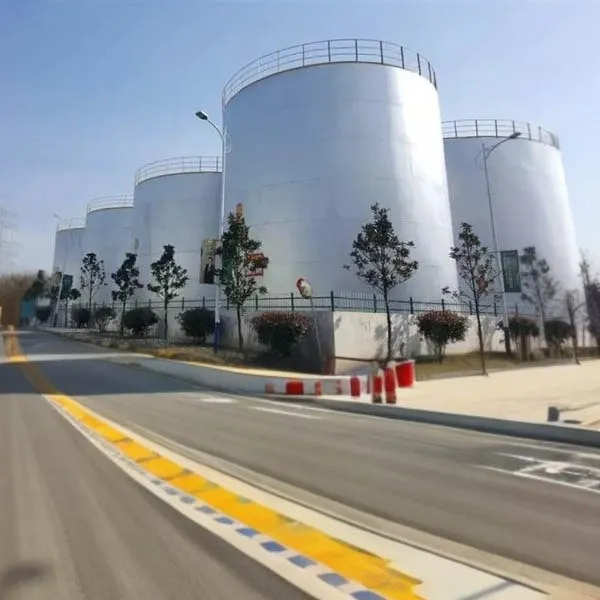
The amount of Aluminum Paste used depends on the volume density of AAC. When using Aluminum Paste of the same quality, the higher the volume density of the product, the lower the amount of Aluminum Paste used.
In fact, we can accurately calculate the amount of Aluminum Paste used based on the volume density of the product:
Based on the reaction formula of Aluminum Paste replacing hydrogen in water in an alkaline environment:
2AL 3Ca(OH)2 6H2O-3Ca.AI2O3.6H2O 3H2↑
According to statistics, 2 grams of pure metal aluminum can produce 3 grams of H2, but under standard conditions, the volume of 1 gram of gas is 22.41, and the atomic weight of aluminum is 27. Therefore, the gas production of Aluminum Paste is:
Vo=22.4X1.241/[3/2X27]g
According to the above formula, the gas production of Aluminum Paste under various conditions can be calculated using the vapor state equation (V1/T1)=(V2/T2):
The volume of AAC can be simplified into two parts: one is the approved volume of the base material, and the other is the pore volume formed after the Aluminum Paste is gasified. According to the pore volume, the amount of Aluminum Paste can be calculated:
M aluminum=V pore/(V2K)
In the type: M aluminum-the amount of Aluminum Paste used in the company’s products (g/cubic);
K—-active aluminum content
The pore volume is equal to the product volume, combined with the amount of materials and their respective proportions to reduce the volume of raw materials and water). However, during the production process, the gas production is affected by many factors such as temperature changes and slurry consistency. According to theoretical calculations, the amount of Aluminum Paste is impossible and unnecessary. The factory selects based on social experience and adjusts at any time. Generally speaking, when using aluminum paste, the aluminum paste is added at a ratio of 8/10,000 dry materials to produce 600kg/cubic aerated concrete.
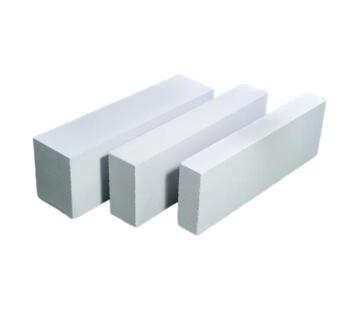

| Product Name | Solid Content (%) | Active Alumina (%) | Bulk Density | Median Particle Size (D₅₀) | Suitable for AAC |
|---|---|---|---|---|---|
| DEG-60 | 70% | ≥96 | 0.15 | 58–62 | <600 |
| DEG-40 | 70% | ≥94 | 0.15 | 36–42 | <500 |
| DEG-35 | 70% | ≥94 | 0.15 | 33–35 | <400 |
| DEG-25 | 70% | ≥94 | 0.15 | 25–27 | <400 |
| DEG-18 | 70% | ≥92 | 0.11 | 17–19 | <350 |
AAC made of Aluminum Paste can not only react with water to cause H2, and explored the strength of aerated concrete, mainly contains the pore structure of AAC. To form an ideal pore structure, the aerating of Aluminum Paste must be consistent with the thickening and hardening of aerated concrete paste. This requires that the Aluminum Paste not only has more metallic aluminium content, but also has a certain particle size and particle shape to ensure a moderate aerating profile.
(1) Aerating capacity of Aluminum Paste
The aerating capacity of Aluminum Paste lies in the amount of Aluminum Paste used in AAC. The gassing quantity of Aluminum Paste is the volume of H2 produced by unit mass of Aluminum Paste and fully reacted under the standard state. 1g of metal aluminium, the theoretical value under the standard state, obviously, the more metal aluminium content in Aluminum Paste, the more gassing quantity, the more vital aluminium in aerated concrete paste (can participate in gassing reflection, resulting in aluminium hydroxide, which is known as vitality aluminium; in Aluminum Paste paste, the other index is different from vitality aluminium is the solid point), the actual In the Aluminum Paste paste, another index is solid state point), the actual gas generation is more. Therefore, the Aluminum Paste paste used for aerated concrete is different from that produced with higher purity aluminium ingot (purity above 98%). Aluminum Paste metal aluminium content is generally required to be not less than 98%, dynamic aluminium content of not less than 89% (Aluminum Paste paste is slightly lower).
(2) Aluminum Paste particle size
The particle size of Aluminum Paste does not affect the amount of gas, but affects the speed of gas. The denser the Aluminum Paste, the larger the specific surface, the larger the surface area to participate in the embodiment. As a result, the faster the duration of gas generation, the faster the speed, the faster the gas generation proceeds.
Generally speaking, Aluminum Paste according to the production of strict quality manipulation, particle size is generally maintained within a certain range; however, due to the differences between the production enterprises and production processes, the actual particle size varies greatly, which becomes one of the important factors affecting the reliability of pouring.
(3) Particle shape
The shape of Aluminum Paste particles has an important influence on the characteristics of Aluminum Paste gas. There are two kinds of Aluminum Paste particle shapes, one is liquid and irregular needle-like, should be produced in the spraying link; the other is broadleaf or irregular fish scale, produced by the spray powder crushing. Liquid spray powder chemical activity is very low, in the AAC slurry basically does not gas. The fundamental reason is that this type of Aluminum Paste is a high temperature molten liquid is compressed air blown into particles, air slowly in the refrigeration link, significant oxidation, resulting in dense alumina purification film, seriously impede the chemical reaction, according to the grinding of Aluminum Paste particles, resulting in bias flat fish scales, there are more new metal surface, and subsequently elevate the area of hair gas reflection. In addition, in the grinding session, the Aluminum Paste particles are milled, impacted, cold rolled, extended and ruptured, which flattens the Aluminum Paste particles with a lot of irregular edges. The metal lattice at the irregular edges is bound to produce more distortions, deformations and cracks into more energetic chemically optimistic areas, which drives the Aluminum Paste to have better gassing characteristics.
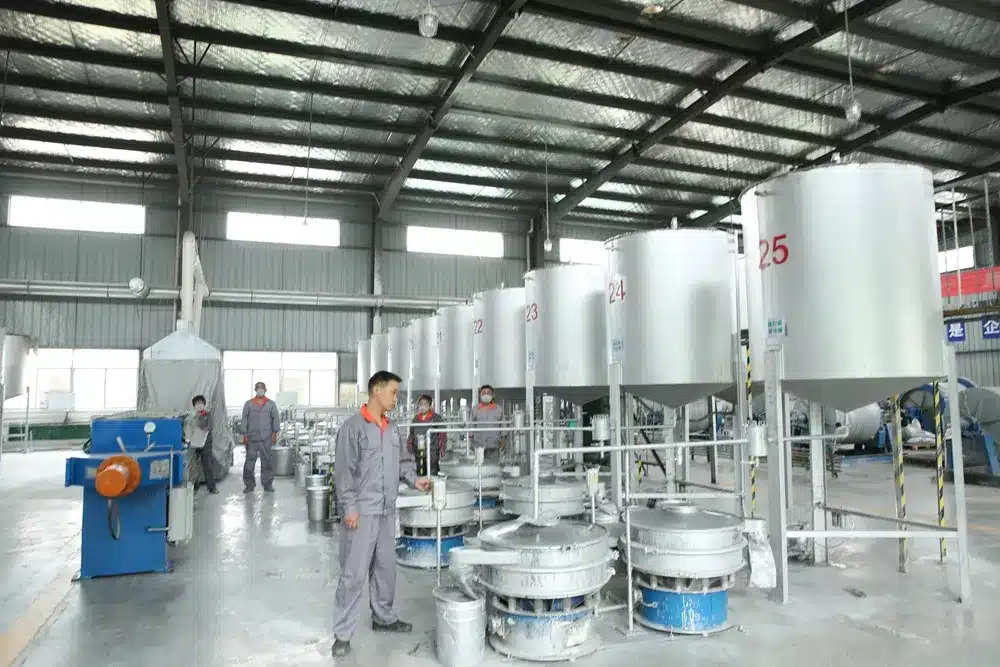
Introduction of Aluminum Paste for AAC Block:
Aluminum Paste for AAC Block is a high-performance, safe, environmentally friendly, and cost-effective construction additive widely used in the production of foamed concrete, ALC panels, aerated concrete, and other building materials.
Key Features of Aluminum Paste for AAC Block:
The main use of aerated Aluminum Paste in aerated concrete is to cause chemical changes in the production process of Aluminum Paste, silica and lime powder, releasing vapour to produce a porous structure inside aerated concrete.
Thus, Aluminum Paste is vital in the production process of AAC block.
Applications of DEG Aluminum Paste:
Instructions:
Packaging Specifications:
Working Principle of DEG Aluminum Paste:
Aluminum Paste for AAC Block forms a protective film to regulate the oxidation rate of aluminium powder and prolong the aeration time. DEG also reduces the surface tension of aluminium powder, making it easier to disperse in concrete and forming a uniform and fine air pore structure.
Aluminum Paste for AAC Block is a high-performance, safe, environmentally friendly, and economical construction additive that has become a new favourite in the modern construction industry.

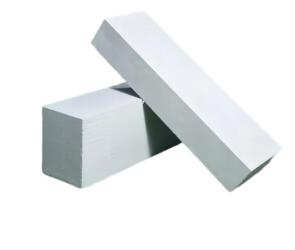
We suggest you to communicate with us fully before purchasing, we will certainly consider all aspects and provide a fair and reasonable price plan. By choosing us, you will get the best product and the best value for your money.
Choosing the right size of product gives you the best value for money. Our Aluminum Paste for AAC block is available in a wide range of particle sizes and purities, with prices varying by specification. By communicating your needs in detail and choosing the right size, you can get the best value for your money.
The larger the quantity purchased, the lower the unit price will be. Bulk orders allow us to better share our production and operating costs, so we are happy to offer discounted prices for bulk purchases.
The timing and method of payment you choose will also affect the price. For example, paying in full upfront can result in a more favourable price, as it reduces our cost of capital. Please discuss the most suitable payment option with our sales team.
Transport and logistics are also factors that affect the total cost of ownership. Different modes of transport and destinations will incur different shipping costs. Duties, insurance and other costs also need to be taken into account. By calculating these factors in advance of purchase, you can more accurately estimate the total cost.
The production process of aerated aluminum paste (slurry)/powder is crucial in determining the final product’s quality and performance. This chapter will detail the production flow, key technologies, and control points of each stage in the manufacturing process of aerated aluminum paste (slurry)/powder to help readers better understand the manufacturing of this critical material.
The production flow of aerated aluminum paste (slurry)/powder typically includes the following main steps:
Before production begins, the selection and Preparation of raw materials are crucial. The main raw materials include aluminum powder, additives (such as DEG, dispersants, etc.), and other ingredients. The selection of aluminum powder is usually based on its particle size, activity, and purity. Highly active aluminum powder can generate more hydrogen gas when reacting with water, thus achieving better gas generation effects. The selection of additives needs to consider their role in the aerated aluminum paste, such as improving fluidity and enhancing reactivity.
The prepared aluminum powder and additives are mixed in a certain proportion. This step usually uses high-efficiency mixing equipment to ensure uniform component distribution and avoid agglomeration. The mixing time and speed must be strictly controlled during the mixing process to ensure a sufficient combination of aluminum powder and additives, laying a good foundation for subsequent reactions.
The mixed materials need to be ground to reach the specified particle size. This step is crucial for improving the activity of the aluminum powder. Using ball mills or other types of grinding equipment can effectively reduce the particle size and increase the surface area of the aluminum powder, thereby enhancing its reactivity with water. After grinding, the materials must also be classified to ensure particle size and product distribution consistency.
In this step, the ground aluminum powder is mixed with water and other necessary additives to form the aluminum paste. The reaction conditions at this time (such as temperature and stirring speed) need to be controlled to ensure that the reaction between aluminum powder and water is sufficient to generate a stable bubble structure. Better gas generation effect and fluidity can be obtained through reasonable proportioning and stirring.
The prepared aerated aluminum paste (slurry) must pay attention to environmental conditions during storage and transportation, avoiding high temperatures and humidity to prevent premature reaction and failure. Its physical and chemical properties should be checked regularly during storage to ensure stable product quality. Finally, the aluminum paste must be packaged according to standards to ensure no leakage or deterioration occurs during transportation.
In the production process of aerated aluminum paste (slurry)/powder, several key technologies have a profound impact on the performance and quality of the final product:
Ball milling is an important technology for grinding aluminum powder. The physical grinding process can effectively reduce the particle size of the aluminum powder and increase its specific surface area. Smaller particle sizes help enhance the reactivity of the aluminum powder, allowing it to generate hydrogen gas more rapidly when reacting with water, thereby forming a uniform and stable bubble structure.
Classification technology plays an important role in ensuring the consistency of the particle size distribution of aluminum powder. Through classification, aluminum powders of different particle sizes can be separated, improving the activity and adaptability of the material. A suitable particle size distribution can optimize bubble formation and enhance aerated concrete’s strength and thermal insulation performance.
In the preparation process of aluminum paste, controlling reaction conditions (such as temperature and time) is crucial. Reasonable reaction conditions can ensure that the reaction between aluminum powder and water is sufficient to generate an adequate number of evenly distributed bubbles. The application of reaction control technology helps to improve the stability and consistency of the product.
Product performance can be improved by continuously optimizing the formulation of aluminum paste (slurry). For example, adding appropriate amounts of certain additives can increase the aluminum powder’s reaction rate and improve the aluminum paste’s fluidity and stability. In addition, for different application needs, enterprises can develop various types of aluminum paste to meet the market’s diverse needs.
In production, controlling environmental conditions (such as temperature and humidity) is also crucial to ensure product quality. Especially in the storage and transportation stages, it is necessary to provide suitable environmental conditions to prevent the aluminum paste from failing or deteriorating due to environmental changes.
Quality control is an important link throughout the production process to ensure the stable performance of aerated aluminum paste (slurry)/powder. Enterprises usually establish a complete quality management system, including:
Before production begins, all raw materials must undergo strict quality inspection to ensure they meet production standards. The aluminum powder’s activity, purity, and particle size distribution need to be tested to determine whether it meets the production requirements.
During the production process, the parameters of each stage (such as temperature, humidity, mixing time, etc.) are monitored in real-time to ensure that the production process is always in the best state. In addition, online testing equipment can detect and adjust problems in time to prevent the generation of unqualified products.
After the product is produced, comprehensive performance testing of the finished product is required, including indicators such as fluidity, gas generation, and compressive strength, to ensure that it meets relevant standards and customer needs. Only products that have passed strict testing can be put on the market for sale.

Questions Customers Often Ask When Looking for DAluminum Paste for AAC BlockFactory
1. Is your factory a Aluminum Paste for AAC Block manufacturer?
Answer: Yes, we are a professional manufacturer of DEG Aluminium Paste with many years of production experience and advanced production technology.
2. What are the quality indexes of Aluminum Paste for AAC Block in your factory?
Answer:The quality indexes of Aluminum Paste for AAC Block in our factory are as follows:
Solid containing: 70±1
Delayed aerating time: 1-3 minutes
Activated aluminium: ≥92
Particle size uniformity: high
3. What is the price of Aluminum Paste for AAC Block in your factory?
A: The price of Aluminum Paste for AAC Block in our factory depends on the specific model and quantity, please contact us for detailed quotation.
4. What is the minimum order quantity of DEG aluminium paste in your factory?
A:The minimum order quantity of DEG aluminium slurry from our factory is 1 ton,it is depends.
5. What kind of after-sale service can your Aluminum Paste for AAC Block provide?
Answer:Our factory provides the following after-sales service:
Product quality guarantee
Technical guidance
After-sales service tracking
6. Can your Aluminum Paste for AAC Block be customized?
Answer: Yes, we can customize the production of DEG Aluminium Paste according to customers’ requirements.

At Five Star Material, we understand that every project is unique, and our goal is to provide the best customized solutions for each customer.
We will contact you within 24 hours.
For your urgent inquiries,please contact us through whatsapp No. : +86-18001668319

